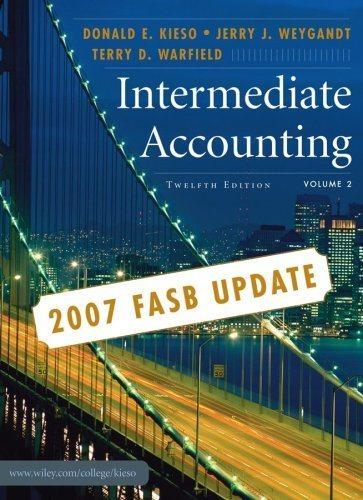Answered step by step
Verified Expert Solution
Question
1 Approved Answer
What percentage of total fixed assets does the largest account (identified in the previous question) represent? Hint: use the net carrying value. Record your answer
- What percentage of total fixed assets does the largest account (identified in the previous question) represent? Hint: use the net carrying value. Record your answer in percentage format and round to the second decimal.
- Calculate The Companys fixed asset turnover ratios for fiscal 2019 : (Round your answer to the second decimal)
- Calculate The Companys fixed asset turnover ratios for fiscal 2018 : (Round your answer to the second decimal)
- What does the change in the fixed asset turnover ratio from fiscal 2018 to 2019 suggest?
- The ratio increased because the Company deteriorated its use of fixed assets to generate revenues.
- The ratio increased because the Company improved its use of fixed assets to generate revenues
- The ratio decreased because the Company deteriorated its use of fixed assets to generate revenues
- The ratio decreased because the Company is now generating substantially more revenues.

Step by Step Solution
There are 3 Steps involved in it
Step: 1

Get Instant Access to Expert-Tailored Solutions
See step-by-step solutions with expert insights and AI powered tools for academic success
Step: 2

Step: 3

Ace Your Homework with AI
Get the answers you need in no time with our AI-driven, step-by-step assistance
Get Started


